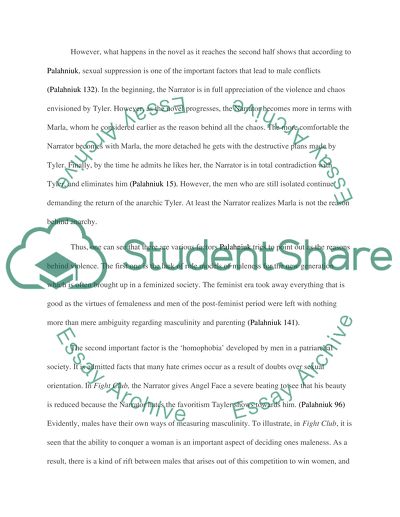Cite this document
(“Masculinity and Violence in Fight Club and Drowning Tucson Essay”, n.d.)
Retrieved from https://studentshare.org/english/1491152-masculinity-and-violence-in-fight-club-and-drowning-tucson
Retrieved from https://studentshare.org/english/1491152-masculinity-and-violence-in-fight-club-and-drowning-tucson
(Masculinity and Violence in Fight Club and Drowning Tucson Essay)
https://studentshare.org/english/1491152-masculinity-and-violence-in-fight-club-and-drowning-tucson.
https://studentshare.org/english/1491152-masculinity-and-violence-in-fight-club-and-drowning-tucson.
“Masculinity and Violence in Fight Club and Drowning Tucson Essay”, n.d. https://studentshare.org/english/1491152-masculinity-and-violence-in-fight-club-and-drowning-tucson.


